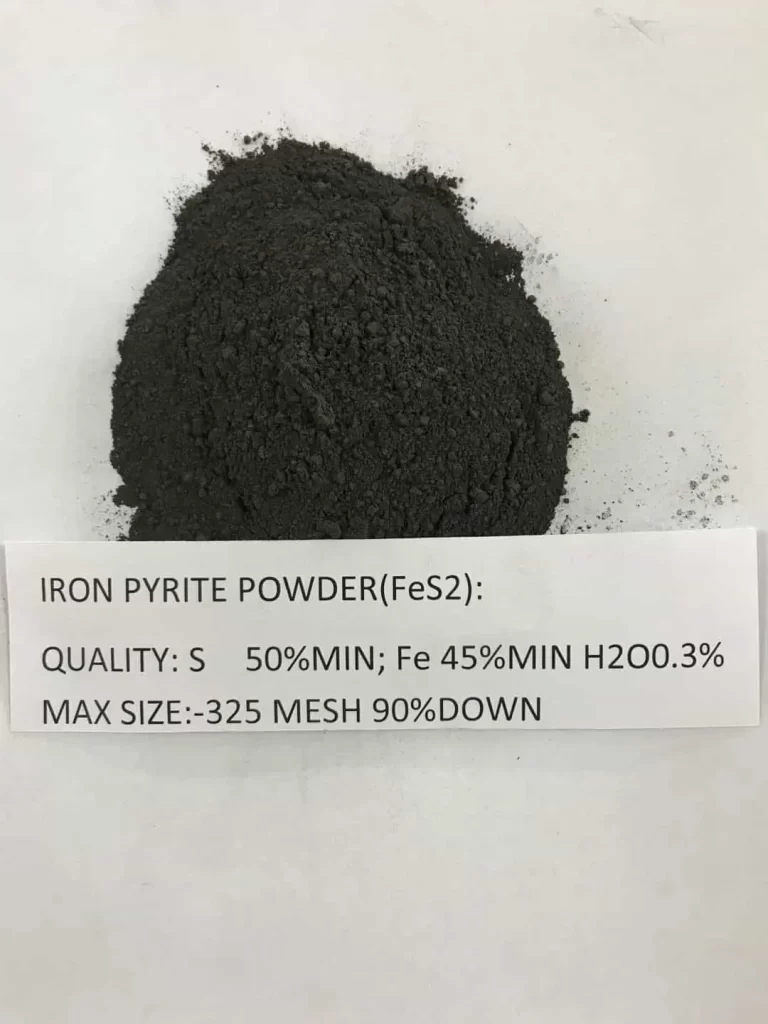
Why is an efficient copper remover needed? Below is an introduction to you:
Copper has a reddish appearance with a metallic luster, and most copper compounds are blue in color. Copper is an essential trace element for life, and excessive copper is harmful to the human body, flora and fauna, and aquatic plants. When copper content exceeds 1mg/L, the turbidity of water significantly increases, and when copper content exceeds 1.5mg/L, water will produce a peculiar odor. Long term consumption of high concentration water can stimulate the gastrointestinal mucosa, cause vomiting, and damage the liver. But the absorption rate of copper in the intestines and stomach is very low. In the manufacturing process of printed circuit boards (PCBs), the wastewater discharged from processes such as grinding boards, weak corrosion, and electrolytic copper plating contains copper ions.
The wastewater discharged from processes such as etching and chemical copper precipitation contains copper ions, complexing agents NH4OH, EDTA, potassium sodium tartrate, etc. In recent years, there have been many studies on the treatment of copper complex wastewater, including electrolysis, adsorption, coagulation, and ion exchange methods. The solubility of copper sulfide is much smaller than that of copper hydroxide. Using sulfide as a precipitant can more completely remove copper ions from wastewater. However, in order to remove copper ions, there are too many sulfides, resulting in a large amount of residual sulfides in the wastewater and serious environmental pollution. However, copper sulfide precipitates with small particles and difficult solid-liquid separation. Due to the excessive input of sulfides, the precipitation of copper sulfide leads to the precipitation of copper.
Efficient copper removal agents can overcome the shortcomings of existing technologies, provide a dual effective combination to remove copper ions from wastewater, improve removal efficiency, and improve the ecological environment. The high-efficiency copper removal agent contains a combination of a component and b component, and a component is cross-linked starch: 20-40 parts; Diisopropyl peroxide: 5-10 parts; Carbon disulfide: 15-25 parts; Sodium hydroxide: 20-25 parts; Water: 80-90 parts, but component b contains polymeric iron sulfate: 15-25 parts; Polymer aluminum iron chloride: 5-15 parts; Polyacrylamide: 7-12 parts; Water: 60-80 parts. Specifically, the cross-linked starch, carbon disulfide, and sodium hydroxide are all in powder form, with particle sizes ranging from 0.2 to 0.8 microns.
The above is an introduction to the necessity of efficient copper removal agents. Thank you for reading.
